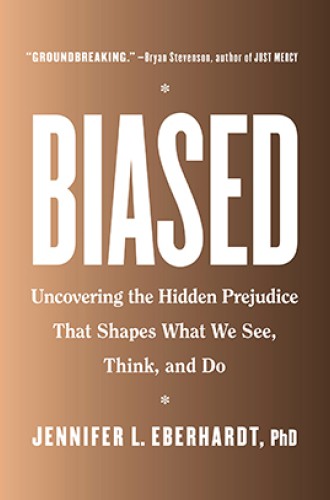Taking implicit racial bias seriously
Jennifer Eberhardt insists that personal prejudice is deeply embedded, politically potent, and ultimately beatable.
The once radical claim that racism is much more than personal prejudice has become, for many, an article of faith. It goes without saying that racism is a social and systemic reality, the sedimentation of a centuries-long effort to structure every aspect of life according to the logic of white supremacy. To frame racism in terms of prejudiced hearts and minds not only misses the forest for the trees; it is morally and politically suspect. So long as we treat racism as a matter of internal dispositions in need of education and moral exhortation, we culpably neglect the systemic problem in need of legislation and political transformation.
So we are told. But Jennifer Eberhardt, who teaches social psychology at Stanford University, charges us to reconsider this prejudice against prejudice. To be clear, she does not mean to dispute the manifestly structural nature of racism. Rather, her concern is to understand how those structures seep into our inner lives and distort our perceptions and judgments.
So long as we neglect the awkward feelings that emerge in interracial interactions, the subtle hunches that incline jurors toward guilty verdicts, and the nearly reflexive urge many white people feel to lock the car doors in majority black neighborhoods, Eberhardt contends that we will misunderstand what makes racial injustice so recalcitrant and equality so elusive.





